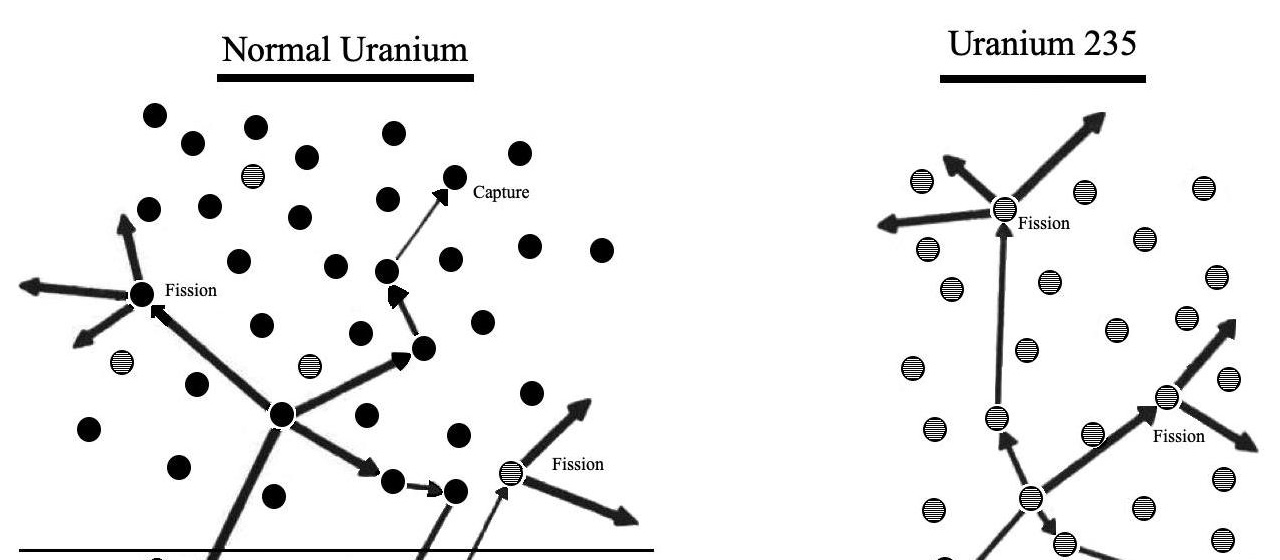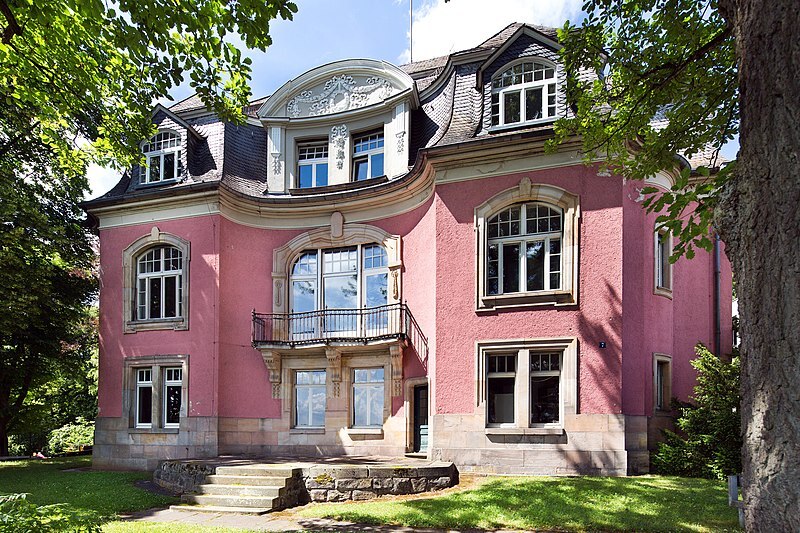Aftermath
The war was lost and so were many of Ostforschung’s insitutions, but not its purpose. As even further territories had to be relinquished, the public interest in Ostforschung remained strong. Moreover, the political demand for expertise on Germany’s Eastern neighbours far from ceased.
Origins
While the insitutionalized hatred of Poles disappeared with the Nazi state in 1945, the long-lasting enmity between the two peoples continued. Anti-Polish sentiment lives on in Europe, often in the form of stereotypes such as the 'Polish plumber.' As Polish workers began to work abroad in Europe after the fall of the Soviet Union, many are looked down upon as job-stealers or lazy.
Actors
Following the Second World War, many of the prominent actors that had emphasized research of Eastern Germany continued this research while replacing the previous emphisis on German Expansionism with anti-commmunist sentiments.
Institutions
By 1950, the Herder-Institut in Marburg was founded and soon took up its work in the tradition of the PuSte. The PuSte director Papritz was one of its board members and trained a new generation of German archivist at the newly founded Marburg archive school.
He lobbied for the restitution of PuSte holdings to the Herder-Institut after they had been seized and brought to the US in 1947. Assisted by German diplomats, an agreement with American authorities was reached in 1964 and some 12000 books and 5000s maps were received by the Herder-Insittut’s Richard Breyer. The son of Ostforscher Albert Breyer had studied under the guidance of several other noted Ostforschers like Werner Conze, a former PuSte employee and influential historian in Western Germany.
It was Conze, together with Theodor Schieder, whose affiliation with the Nazi system and leading role in social history studies came under intense scrutiny in the 1990s. In the wake of a debate on whether these scholars should be considered Vordenker der Vernichtung (“Architects of Annihilation”), the Herder-Institut changed the name of its journal from Zeitschrift für Ostforschung to Zeitschrift für Ostmitteleuropa-Forschung (“Journal of East Central European Studies”). This move highlighted a shift in focus that had taken place earlier. Traditional Ostforschung had grown out of fashion during the 60s and 70s. A last retreat of Germanhood-oriented, politicised research could only be found among expellee associations.

